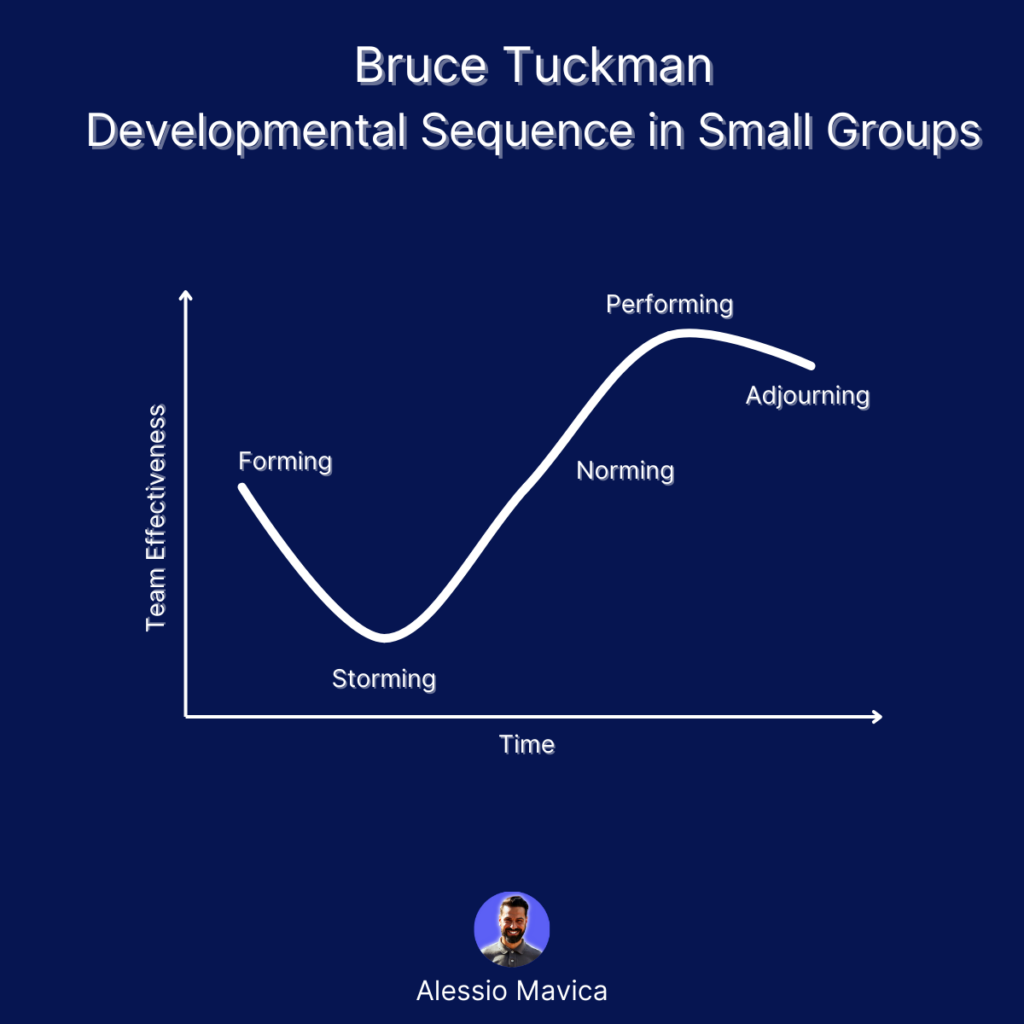Managing Software Development Projects: The Ultimate Guide for Success
The Importance of Effective Project Management
Hey there! Are you finding it tough to keep your software development projects on track? Trust me, you’re not alone. Many professionals in our field grapple with this. Ineffective project management can lead to chaos—missed deadlines, frustrated clients, and ballooning budgets. It’s a nightmare, right?

Imagine you’re halfway through a critical project, and suddenly, a crucial team member leaves. The project halts. Deadlines are looming, clients are impatient, and you’re scrambling to reassign tasks. Scenarios like this highlight the importance of robust project management. It’s not just about timelines and resources; it’s about people, communication, and expectations.
A well-managed project ensures that everyone knows their role, tasks are prioritized, and progress is monitored. For example, having a clear communication plan can mitigate the risk of misunderstandings. I’ve seen teams thrive simply by setting clear, achievable goals for each phase of the project. This involves breaking down the project milestones and having regular check-ins to track progress.
How AgencyDots Can Help You Manage Projects Seamlessly
You might be thinking, “This sounds great, but where do I start?” That’s where AgencyDots comes in. AgencyDots is a powerful system designed for companies needing to collaborate on software development projects. With AgencyDots, you get complete visibility over your projects, standardize operations, and boost your overall profitability.
I recall a time when our team struggled with scattered project updates and inconsistent reporting. Switching to AgencyDots transformed our workflow. We could centralize all our project data in one place, making it easy for everyone to stay updated. Plus, the automation features for client reporting were a game-changer. If you’re curious about enhancing client communication, don’t miss our article on automated client reporting. It’s a real lifesaver.
So, if you’re tired of dealing with project chaos and seeking a reliable way to manage your software projects efficiently, consider giving AgencyDots a shot. It could be the solution you’ve been looking for.
Strategies for Successful Project Management
Setting Clear Objectives and Goals
One of the foundational steps to project success is setting clear objectives and goals. Let me tell you about a project I led last year. We were developing a custom CRM solution for a client, and initially, the scope was hazy. We were running around in circles until we sat down and clearly defined our project goals. Once we had specific, measurable objectives, everything fell into place. We could allocate resources more effectively, and everyone knew exactly what they were working towards.
It’s a simple step but often overlooked. Make sure your objectives are SMART—specific, measurable, achievable, relevant, and time-bound. This approach isn’t new, yet it’s frequently skipped over in the rush to get started.
Effective Team Communication and Collaboration
Best Tools for Communication
Communication can make or break a project. Have you ever been in a situation where team members are out of sync because they’re using different platforms? It’s maddening! A unified communication tool is essential. For instance, using platforms like Slack or Microsoft Teams can streamline discussions and file sharing. Our article on Mastering Communication in Project Management delves into some of the best practices we’ve found effective.
Overcoming Data Silos
Not long ago, I was in a meeting discussing how data silos were crippling our project timelines. Different departments had their own data sets, which weren’t always shared efficiently. Breaking down these silos is crucial. A study I recently read on data silos suggested that integrating data across platforms improves project efficiency by up to 30%. We applied this by using integrated project management software, which was a game-changer. Everyone had access to the same information, reducing delays and improving decision-making.
Implementing Project Tracking Solutions
Real-time Monitoring and Transparency
Implementing real-time monitoring systems can substantially boost project transparency. Last month, I attended a tech conference where industry leaders emphasized the role of real-time data in project management. Having instant access to ongoing project metrics helps in making timely adjustments, which can be the difference between success and failure. We’ve found that using real-time dashboards enhances team accountability and client satisfaction significantly.
Automated Client Reporting
Imagine the hours saved and errors reduced with automated reporting! Automated systems can generate regular updates for clients, keeping them in the loop without manual effort. I can’t count how many times this has helped us maintain trust and transparency with our clients. If you’re curious to learn more about how this works, our dedicated article on Automated Client Reporting provides deep insights.
Navigating Scope Creep
Identifying Early Signs of Scope Creep
Now, you might be thinking, “I’ve got my project management tools and strategies down, what’s the big deal about scope creep?” Well, here’s the thing—scope creep can sneak up on you, even when everything seems to be running smoothly. It’s that gradual expansion of project requirements that can derail timelines and inflate budgets before you know it. Remember the CRM project I mentioned earlier? Despite our initial planning, we encountered scope creep because the client’s needs evolved during development.
It’s crucial to recognize early signs. Is your team suddenly handling tasks that weren’t part of the original plan? Are your clients continuously requesting additional features? Spotting these red flags early can save you from headaches down the line. For a thorough dive into this, check out our article on What is Scope Creep in Project Management? where we discuss identifying and managing these early signs.
Strategies to Mitigate Scope Creep
Alright, so you’ve spotted the signs. What next? Here’s where having a solid change management process comes into play. Make sure that every new request is documented and evaluated for its impact on the project’s scope, timeline, and budget. One strategy we implemented was a change request form that required client approval for any additional features. This formal process helped set client expectations and kept our project on track. You can learn more about how to tackle scope creep in our detailed post, How to Track Project Scope Creep in AgencyDots.
Managing Client Expectations
Clear Communication and Stakeholder Alignment
But here’s another challenge: managing client expectations. Regardless of how well your team performs, if your client feels out of the loop or has unrealistic expectations, it’s a recipe for disaster. Clear communication is key. Regular updates, honest conversations about project progress, and setting realistic timelines can go a long way. Our team holds bi-weekly meetings with clients to ensure they’re aligned with the project’s current status and any potential changes. More on how communication can align stakeholders is available in our post, Clear Communication and Align Stakeholders.
The Role of Project Managers in Client Relations
Now, you might be wondering, “How exactly do project managers fit into all this?” Think of project managers as the glue holding everything together—team coordination, client communication, and overall project execution. They play an influential role in managing client relations and ensuring that expectations are met, if not exceeded. I remember a tough project where the client kept changing requirements. Our PM was always one step ahead, negotiating timelines and keeping everyone informed. Dive deeper into this topic in our article on The Influencer Role of Project Managers.
Tying It All Together: Delivering Successful Projects
Recap of Key Points
So, let’s bring this all together, shall we? Effective project management isn’t just a series of tasks to be completed—it’s an ongoing process that demands clear objectives, robust communication, and proactive strategies for managing scope creep and client expectations. From setting SMART goals to leveraging integrated tools like AgencyDots, every step is aimed at ensuring your project’s success.
Remember the CRM project I mentioned? It showcased the importance of having clear objectives and the dangers of scope creep. We navigated those challenges with regular client check-ins and a formal change request process. This not only kept the project on track but also maintained client satisfaction—a win-win situation.
The Future of Project Management with AgencyDots
In an industry where the only constant is change, tools that offer visibility, standardization, and automated reporting are indispensable. AgencyDots has been a game-changer for us. Whether you’re juggling multiple projects or managing a demanding client, its features are designed to make your life easier and your projects more successful. Curious about what the future holds? Take a look at our in-depth review, “Project Reporting: Meet the Revolution for Software Agencies,” and see how AgencyDots can transform your workflow.
Final Thoughts and Next Steps
Alright, let’s cut to the chase—managing software development projects can be daunting, but it doesn’t have to be. Armed with the right strategies and tools, you’re already halfway there. Think about your current projects. Are there areas where better communication could help? Is scope creep silently eating away at your timeline? Sometimes, these reflections can be the catalyst for significant improvements.
So, what’s your next move? Whether it’s integrating a new tool, redefining your project goals, or simply having that overdue conversation with your client, make it count. After all, project management is as much about people and relationships as it is about frameworks and software. Ready to transform the chaos into clarity? Give AgencyDots a try and see the difference for yourself. Until next time, happy project managing!
Frequently Asked Questions
Q1: What are the key strategies for successful project management discussed in the article “Managing Software Development Projects: The Ultimate Guide for Success”?
A1: In the article, we delve into several key strategies for successful project management. These include setting clear objectives and goals, effective team communication, overcoming data silos, implementing project tracking solutions, and automated client reporting. Each of these strategies aims to streamline the process and enhance efficiency.
Q2: How can AgencyDots help manage software development projects more efficiently?
A2: AgencyDots offers a comprehensive solution for managing software development projects. The platform helps you gain visibility, standardize operations, and boost profitability. Features like real-time monitoring, automated client reporting, and centralized data management make it easier to stay on top of your projects.
Q3: What are some of the common challenges in managing client expectations mentioned in the article?
A3: One of the most common challenges in managing client expectations is ensuring clear communication and stakeholder alignment. The article highlights the importance of regular updates, honest conversations about project progress, and setting realistic timelines to manage clients’ expectations effectively. More insights can be found in the section, “Clear Communication and Stakeholder Alignment”.
Q4: What is scope creep, and how can it be managed effectively in software development projects?
A4: Scope creep refers to the uncontrolled expansion of project requirements after the project has started. It can delay timelines and increase costs. The article discusses strategies for identifying early signs of scope creep and how to mitigate it through change management processes. For a detailed explanation, you can read our post on “What is Scope Creep in Project Management?”.
Q5: Why is it crucial to have real-time monitoring and transparency in project management?
A5: Real-time monitoring and transparency are crucial as they allow for timely adjustments and decisions that can significantly impact the project’s outcome. Instant access to ongoing project metrics enhances accountability and improves client satisfaction. The section “Real-time Monitoring and Transparency” in the article elaborates on these benefits.
Try AgencyDots for free!
Control your entire project portfolio from one place.
Make your software development agency efficient.
No credit card required.

